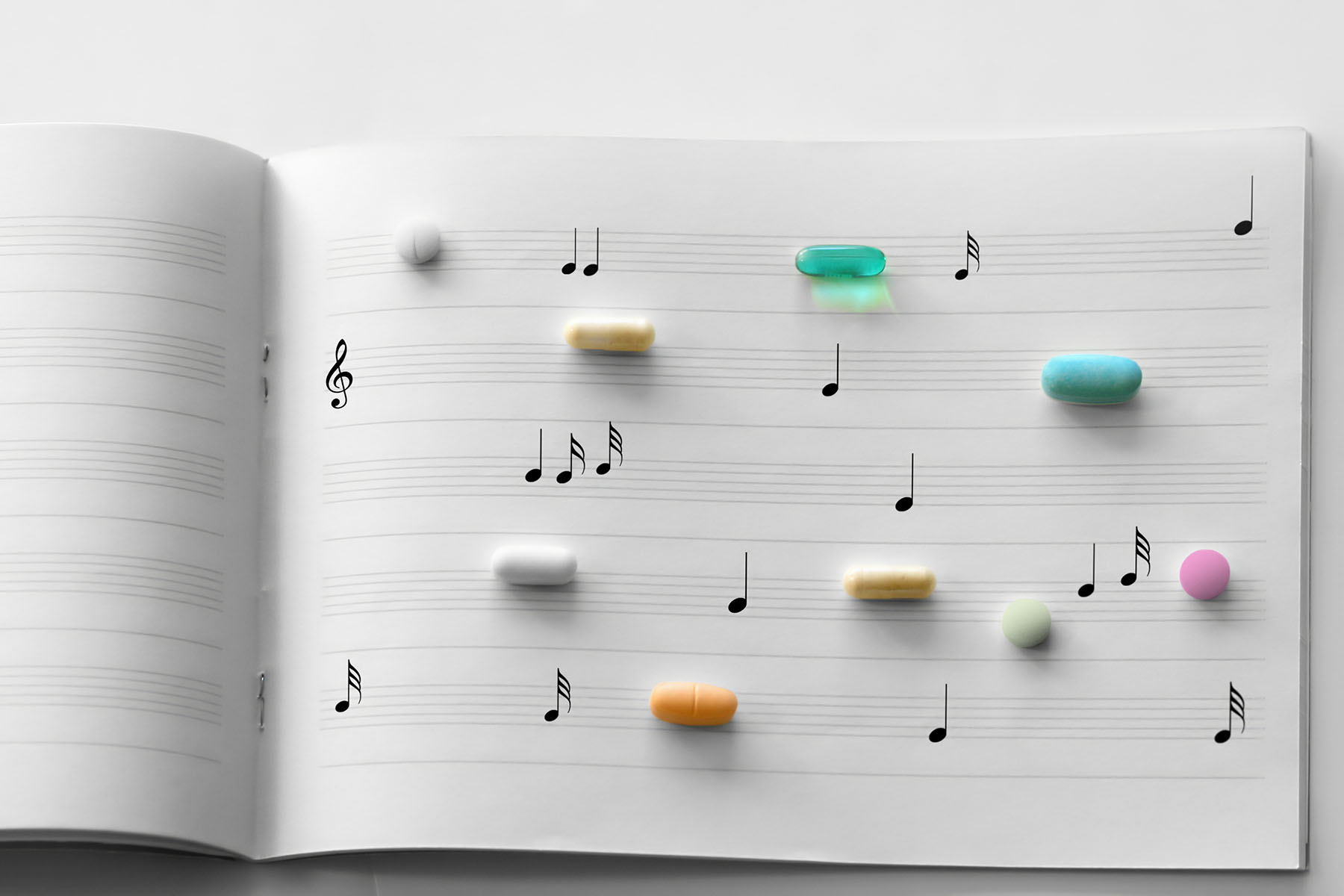Can you HEAR it? As today’s consumers digest content across an increasingly crowded landscape of platforms and channels, pharmaceutical marketing becomes an exercise of cutting through the noise, both figuratively and literally.
The music you choose in that next pharma spot can make all the difference in whether viewers pause and take notice or opt to send your message into the fast-forward abyss. And even those not reaching for their remotes at the start of a commercial break are likely to turn their attention elsewhere… the phones in their laps, walk to the fridge, restroom run. This means you have just seconds to forge an emotional connection that grabs them in the subconscious—and with their eyes likely diverted, it’s all audio.
For editors cutting pharma ads, the key is finding music that is quickly relatable to your target audience while inspiring hope and reassurance in a thoughtful, friendly way that supports the spot’s problem-solution story arc—simple in concept, yet rather nuanced in execution! So how do you get them to listen?
To inject emotion into television commercials through a package of music, it comes down to an artful balance of tone, audience, track selection, and motive, among other factors. When you’re choosing, licensing, and working with music in pharmaceutical marketing, follow these five best practices.
1. Strike a hopeful tone in your track selection.
You’ll want to find music crafted with the subtle nuances that conjure up feelings of reassurance in potential patients, as if coming from a friend you trust. Some recommended keywords in music library searches include “warm,” “hopeful,” “friendly,” and “positive.” Ideally, the track should also have some nice movement to it that propels the spot and fits the creative.
2. Pay attention to track structure.
Music’s ability to move, inspire, or motivate audiences is largely driven by its structure. Tracks should build and evolve in order to evoke emotion, so give your pharma commercial’s music the most emotional functionality by being proactive in recognizing such tracks. Visually, the audio waves look a bit like mountain ranges with their multiple edit points and builds, designed to mimic that classic story-arc structure that sets up a problem and ends with its resolution.
3. Consider alt mixes or stems for 60-second spots.
For broadcast pharma advertising, musically maintaining the consumer’s interest throughout a 60-second (or longer) ad can be a challenge. Tracks with big crescendos or frenetic instrumentation can get in the way of the word voice over (VO), but merely looping a track is too repetitive. That’s why alt mixes offer an easy way to change it up a bit. I recommend trying a drums and bass mix or even a sparse mix (no drums). Stems are also super helpful and most editors are comfortable using them.
4. Be clear about the music you DON’T want.
Sometimes, the best way to home in on that perfect track for your ad is to eliminate the easy NOPEs. Do you already know you want to avoid a particular music genre, mix type, or track length? Or have you tried a certain type of music before only to find it doesn’t work? When requesting a music search from a library, be as clear as possible about what you don’t want. You’ll be surprised at how often the negatives help illuminate the positives.
5. Find a music library that provides playlists.
If you choose to license tracks from a music library, make sure they offer playlists to fit your needs. With music crucial to conveying the emotions of any project, having access to such curated lists is a good way to generate ideas and discover the perfect track.
A pharma commercial’s music, if well-chosen, has the power to take consumers on a journey that connects them emotionally with your brand and, more important, moves them into action.










